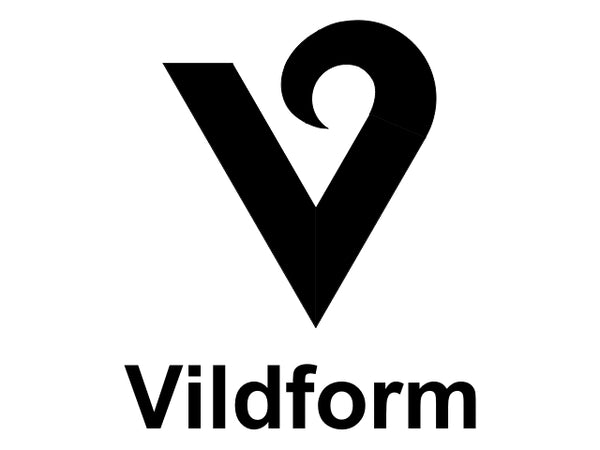MATERIALS

From full-grain leather to natural fibers: explore all the materials

Vegetable-tanned leather
Vegetable-tanned leather is an organic material treated with plant extracts to preserve it. Tannins from plant sources such as chestnut, quebracho, walnuts and tara are key in this process.
Without having to sacrifice the animal, tanneries reuse waste from the food industry, making tanning a sustainable process.
Ideal for allergy sufferers since the use of tannins avoids toxic substances or heavy metals.
This environmentally friendly technique produces durable and recyclable items as fertilizer after their life cycle.
The distinctive smell, softness and resistance are unique characteristics of vegetable-tanned leather, absent in synthetic materials.
Consortiums such as Vero Cuoio di Toscana or Vera Pelle Conciata al Vegetale help to identify and certify this type of leather. The leather I use has this certification, supporting its sustainable origin and unique attributes, thus promoting environmental conservation and quality in long-lasting products.

Cork
Cork is a sustainable and ethical alternative to animal-based leather.
Coming from the bark of the cork oak and the process of obtaining it does not damage the tree since the bark is extracted without the need to cut it down, allowing it to regenerate. This natural raw material is light, waterproof and flexible.
Additionally, it can imitate the texture and appearance of leather, offering similar aesthetic options without resorting to the use of animals.
The process of transforming cork into fabrics or sheets for use in fashion involves techniques that do not involve aggressive chemicals, making it an environmentally friendly option. Its durability and resistance make it suitable for long-lasting items, in addition to being biodegradable at the end of its useful life.
This alternative to leather not only reduces dependence on animal-based materials but also promotes sustainable and ethical practices, becoming an attractive option for consumers conscious of the environmental impact of their purchasing choices.

Pineapple fibers
Pineapple fibers, also known as Piñatex, are an innovative and sustainable alternative to animal leather.
This fiber is derived from the leaves of the pineapple plant, especially the long-leaf pineapple variety, the cultivation of which generates natural waste.
The pineapple fibers production process uses agricultural waste, which reduces waste generation and takes advantage of materials that would otherwise be discarded.
This consists of extracting the fibers from the pineapple leaves, which are then cleaned, dried and joined together through an interlacing process.
The result is an innovative material that imitates the appearance, feel and versatility of leather, offering an ethical and sustainable alternative, aimed at preserving the environment.

Palm Fibers
Palm fibers are a sustainable alternative material. These fibers are obtained from several species of palm trees, such as pine nuts, agave and banana, among others. Removing these fibers generally involves a manual process in which the fibers are separated from the palm leaves, followed by treatment to make them more flexible and durable.
Often, natural or environmentally friendly dyeing methods are used to give them color. One of the key advantages of palm leaf weaving is its sustainable nature.
It does not require animal husbandry or the use of harsh chemicals in its production process, making it a more environmentally friendly option.
In addition, it is biodegradable, which means that it has a lower environmental impact compared to other materials.
_________________________________________________________________

Salmon Leather
Salmon leather is a sustainable and eco-friendly material sourced from fish farms in European countries using fish skins that were previously discarded as waste. The tanning process ensures that it is odorless, durable and has a strength comparable to sheep leather. This tanning process is metal-free and uses natural plant extracts such as bark and roots, respecting the environment as much as possible. Each piece of salmon leather is unique, with natural variations in color and pattern, as well as occasional scars that give it character. It is lightweight yet durable, offering a natural and ethical alternative to traditional exotic leathers. Maintenance is simple and requires similar care as other leather products. By using this material, no animals are harmed solely for their skin, promoting sustainable practices and reducing waste.
